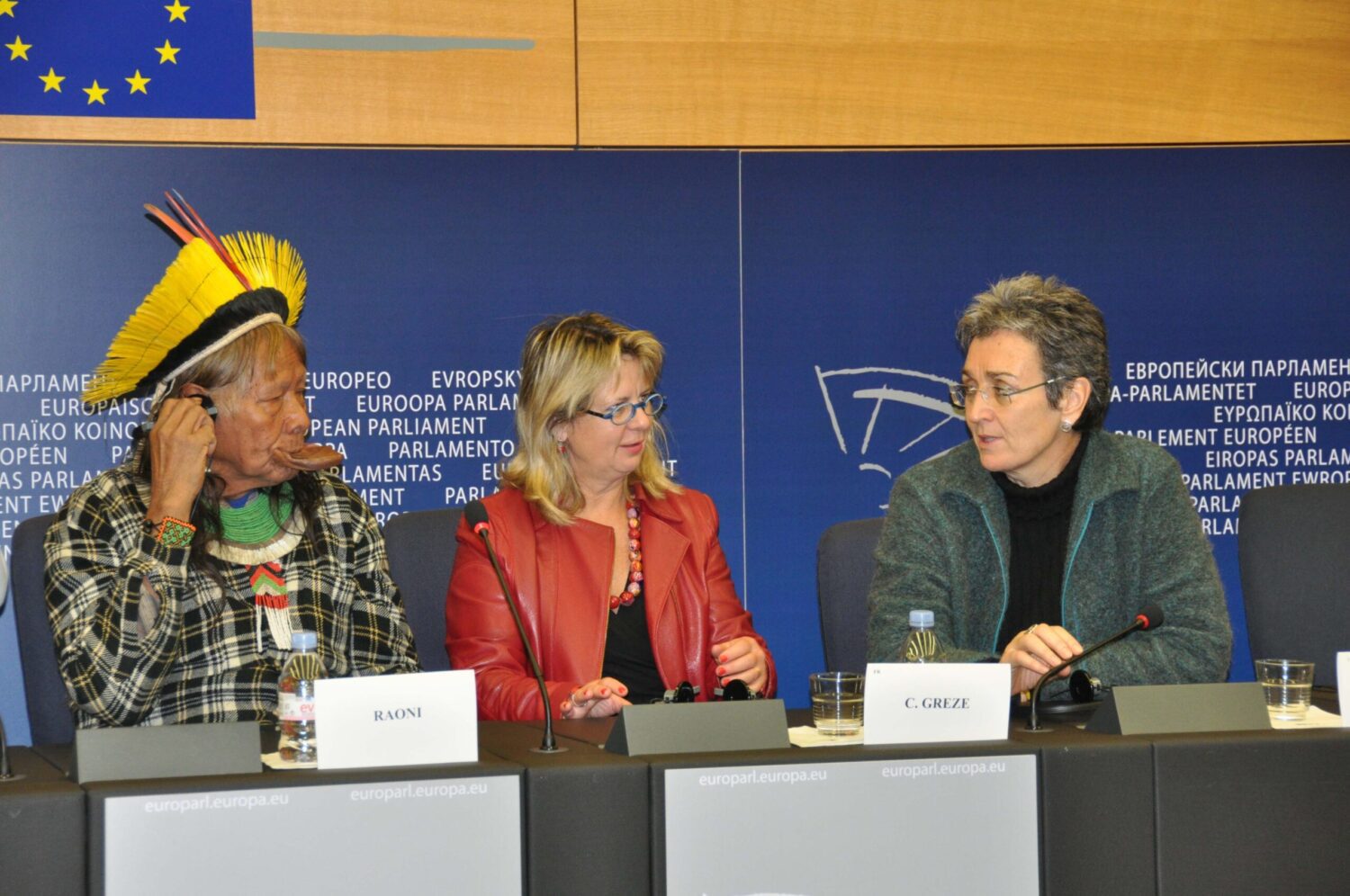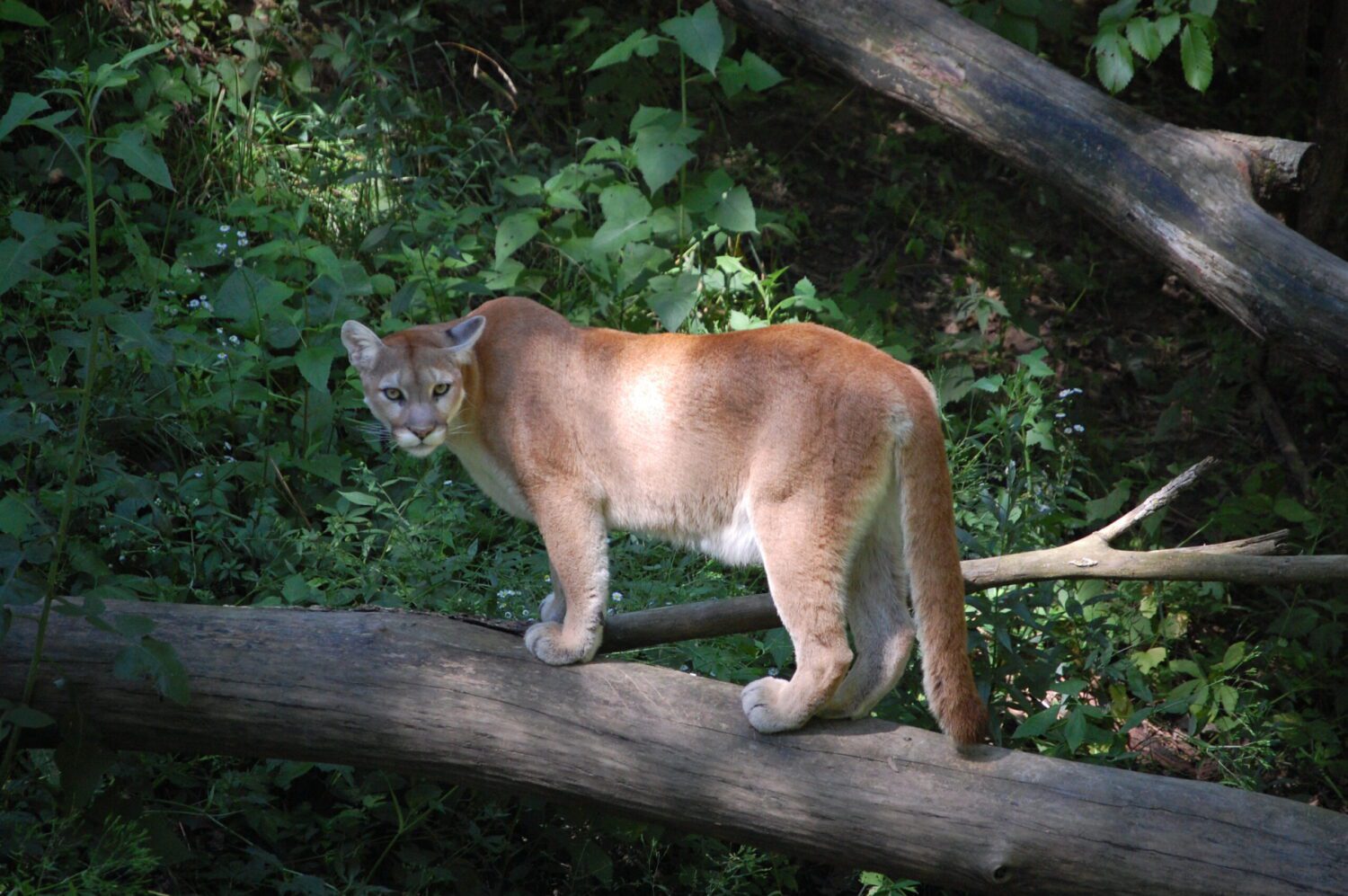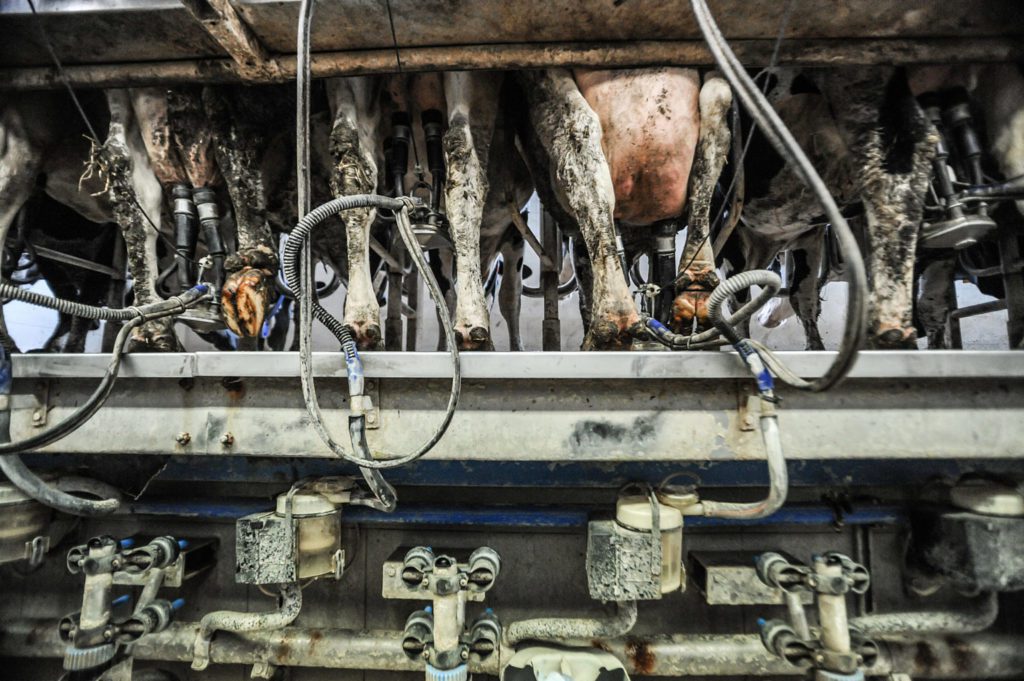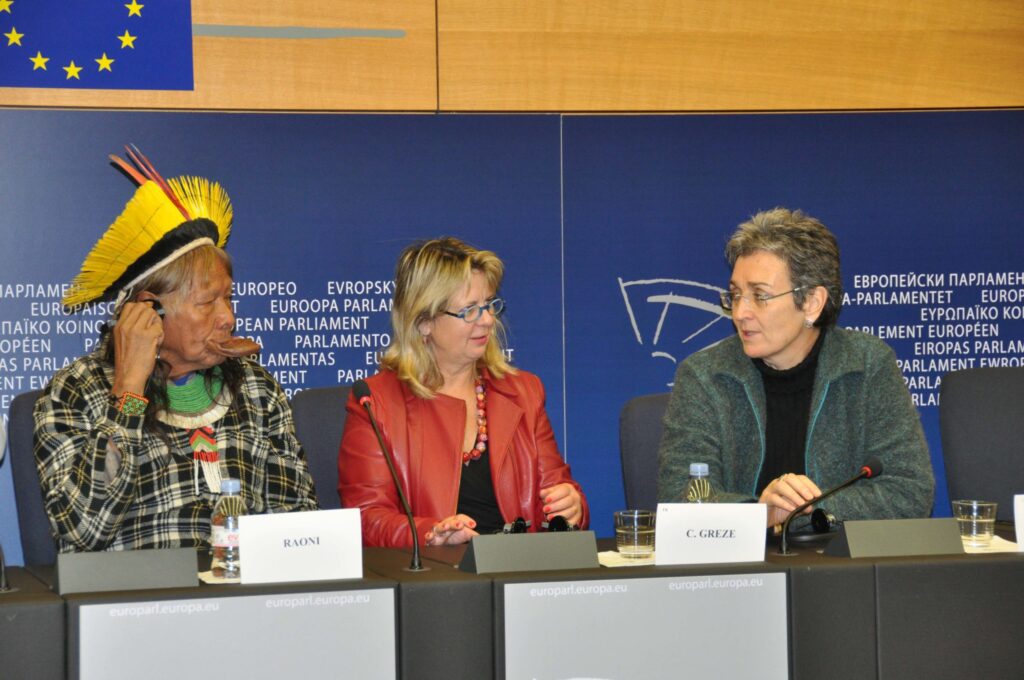


Not only does hydroelectric power fail to prevent catastrophic climate change, but it also renders countries more vulnerable to climate change while emitting significant amounts of methane, one of the worst greenhouse gases.
By Josh Klemm and Eugene Simonov, Independent Media Institute
9 min read
A river is a spectacular living corridor that feeds forests, fisheries, coastal ecosystems, and farmlands; transports life-sustaining organic matter and nutrients; provides drinking water; fosters cultural connection; and prevents carbon dioxide from entering the atmosphere. A river supports staggeringly rich biodiversity. One major way we negate rivers’ many benefits is by building dams.
Once considered a renewable way to harness the power of rivers, hydroelectric dams are now better known for their adverse impacts: They destroy a river’s biodiverse ecosystems, decimate the food security and livelihoods of local communities, and produce harmful methane that exacerbates climate change. Dams are costly to build, difficult to maintain, and aren’t climate-resilient or competitive against proven clean energy alternatives like solar and wind power.
In 2000, following publication of the seminal World Commission on Dams (WCD) report, many countries and financiers stopped proposing and funding dams, but a remaining few are now using climate change as a pretext to save the declining industry, and calling for scarce climate dollars to be used to keep the industry afloat. Projects are now being pushed in arguably the worst places to build a dam: on rivers flowing through biodiversity hotspots and protected areas in the tropics. With vested interests calling for the doubling of existing hydropower capacity in the coming decades, here are 10 key reasons why dams are a false solution to the climate crisis.
1. Climate Change Is Making Dams Unreliable and Risky
Large hydropower projects are particularly vulnerable to the impacts of climate change. Droughts have crippled hydropower generation all over the world, leading to energy rationing and blackouts from the U.S. to China, and from Brazil to southern Africa. This trend is only expected to increase in the current changing climate scenario being witnessed globally. Meanwhile, increasingly common extreme weather events make large dams dangerous for people living downstream, as they become vulnerable to dam failures.
2. Dams Produce Significant Amounts of Methane
At least 25 percent of today’s global warming is caused by methane emissions, which have “more than 80 times the warming power of carbon dioxide over the first 20 years after it reaches the atmosphere,” according to a press release from the Environmental Defense Fund (EDF). As the Intergovernmental Panel on Climate Change (IPCC) report in 2021 showed, cutting methane emissions is the most urgent step we must take to immediately slow the rate of global warming, an observation also made in Nature. Dams generate methane and carbon dioxide when vegetation and organic matter are flooded in the reservoirs and start to decay underwater, as well as when areas are deforested to make way for building the project. Dam reservoirs represent a significant source of methane globally, equivalent to the greenhouse gas footprint of Canada, and scientists have found in some cases that dam reservoirs can cause more warming than coal-fired power plants.
3. Hydropower Climate Calculation Doesn’t Add Up
The dam sector’s industry group, the International Hydropower Association (IHA), along with other vested interests are pushing to more than double the entire amount (850 gigawatts) of hydropower installed in the past 100 years in a bid to mitigate climate change. The IPCC report is a reminder to all of us that we have less than 10 years to drastically cut emissions if we’re to avoid the worst impacts of climate change. Let’s look at the numbers: The average time it takes to build a dam is approximately 10 years, and dam construction itself causes serious emissions (for example, cement production). Even if a dam was built in less time, a new dam reservoir actually adds to the climate crisis by emitting most of its methane and CO2 emissions in the first decade after its commissioning. For example, in Brazil, researchers discovered that the Belo Monte Dam caused a threefold increase in greenhouse gas emissions after only two years of operation. Building a vast new fleet of dams as IHA calls for would spike methane emissions at precisely the time we need to reduce them.
4. Hydropower Dams Are Falsely Marketed as a ‘Sustainable’ Climate Solution
The IHA continues to propagate the falsehood of hydropower projects being a viable solution to mitigate the climate crisis, which fails to consider the facts or latest scientific evidence to the contrary. In September 2021, IHA made its pitch for scarce climate dollars to subsidize the hydropower industry, pledging that all new hydropower projects must meet its own “Hydropower Sustainability Standard.” This commitment to ensuring sustainability for hydropower dam projects, however, falls flat on its face when one considers the fact that all ‘sustainable’ hydropower projects pushed by the IHA members in 2020 did not even meet their definition of sustainability. A report called “Water Yearbook” for 2020 stated that “most of [the] hydropower development in the world is unsustainable and proceeds at the expense of key sustainable development objectives.”
5. Dam Projects Often Violate Human Rights
Large hydropower projects have serious impacts on local communities’ rights. According to the 2000 WCD report, dams had displaced at least 40-80 million people and have negatively affected an estimated 472 million people living downstream over the years. Hydropower companies often violate the rights of Indigenous peoples to their lands, territories, resources, governance, cultural integrity and right to free, prior and informed consent (FPIC). Last year’s guilty verdict in the assassination of Indigenous leader Berta Cáceres by the former head of a dam company in Honduras highlights the danger faced by people opposing hydropower dams. The impact of dams on Indigenous populations continues unimpeded despite the key role that Indigenous peoples play in protecting 80 percent of global biodiversity and leading the world in preventing carbon emissions in their territories.
6. New Hydropower Is Expensive and Ill-Suited to Deliver Energy Access
Another considerable mark against large hydropower projects is their enormous expense. Due to planning errors, technical problems and corruption, dams experience average delays of 44 percent and cost overruns of 96 percent. Sooner or later, silt tends to build up in reservoirs over the years, and the cost of maintaining dams far outweighs their benefits. Meanwhile, the energy produced by large dams is generally inaccessible to local communities, either because it is too expensive, monopolized by the industry, or exported to distant cities or neighboring countries.
7. Free-Flowing Rivers Help Mitigate the Climate, Biodiversity and Water Crises—Dams Do Not
Rivers, when unfettered and healthy, help regulate an increasingly volatile global carbon cycle by drawing an estimated 200 million tons of carbon out of the atmosphere each year. This is just one of the dozens of essential services provided by free-flowing freshwater ecosystems, which range from provision of food to flood mitigation and access to water supply. Dams do a poor job of storing water; “it’s estimated at least 7 percent of the total amount of fresh water needed for human activities evaporates from the world’s reservoirs every year,” according to an article in Deutsche Welle.
8. Alternatives Are More Affordable and Driving the Energy Revolution
Truly renewable, clean energy sources are readily available and financially competitive and have overtaken large hydropower projects as the preferred choice for energy generation and access. Utility-scale renewable energy technologies such as wind, solar, and geothermal have the potential to provide environmentally and socially sustainable energy and are also increasingly cost-effective for consumers. Given the plunging costs of alternative energy sources and improved storage technologies—as well as significant advances in energy efficiency and grid management—it is now possible to expand energy generation while drastically reducing greenhouse gas emissions and preserving our free-flowing rivers.
9. Expanding Hydropower Is Incompatible With Efforts to Address the Looming Biodiversity Crisis
While they account for less than 1 percent of the Earth’s surface, freshwater ecosystems are home to more than 10 percent of all species. Hydropower dams are a key culprit in the rapid 84 percent decline in the populations of freshwater species experienced since 1970.
This year, the second phase of the 15th Convention on Biological Diversity (CBD) is expected to begin in August, and the participants of the convention will discuss and agree on the UN biodiversity framework, and with freshwater ecosystems being the “most degraded ecosystems in the world,” urgent global action is required to turn this around.
10. The Destruction of Nature Is at the Root Cause of Multiple Crises
We’re facing multiple challenges: climate change, massive biodiversity loss, and a global pandemic, among other challenges of human rights, equity, and poverty. We must tackle the root systems and drivers of our major global challenges. The future depends on us to make the right decisions at this critical moment.
Hydropower dams are a false climate solution and should not be prioritized in future energy or climate plans. A new paradigm in river stewardship and protections is critical, particularly in the wake of COVID-19, to safeguard the water sources that are indispensable to life and public health, help prevent countries from taking on calamitous new debt, ensure a just energy transition that centers people and human rights, and effectively confront our climate and water crises and biodiversity loss.
We have less than 10 years to halve our greenhouse gas emissions to stave off catastrophic climate change, and we must also address the interlinked water and biodiversity crises. As Bob Watson, former chair of the IPCC and the Intergovernmental Science-Policy Platform on Biodiversity and Ecosystem Services, said, “If we fail to act now, future generations will ask, why did we not act to save the Earth given all of the scientific evidence we have?” It is past time to put to rest these false notions of hydropower being a sustainable climate solution and instead invest in energy pathways that can both address climate change and deliver electricity to those who lack it.
###
Josh Klemm is the co-executive director of International Rivers, a nonprofit at the heart of the global struggle to protect rivers and the rights of communities that depend on them. He joined International Rivers in 2014 as policy director to lead the work focused on the world’s major financiers and companies active in the dams sector. Josh previously led the Africa Program at the Bank Information Center. Find him on Twitter @JoshKlemm.
Eugene Simonov is the international coordinator of the Rivers without Boundaries Coalition (RwB), which unites local communities and activists to protect transboundary rivers of the Eurasian continent. His work also focuses on the protection of freshwater ecosystems under the World Heritage Convention and other international mechanisms and on assisting civil society organization (CSO)-led environmental assessments in major river basins. He is currently overseeing PhD research at UNSW Canberra on the CSO-led river conservation through the lens of new globalization processes and geopolitical competition.
Take action…

Action Network: “The United Nations and member countries are still deciding: (1) whether to extend a program that approved more than 2,000 hydroelectric projects as carbon offsets; and (2) how dams should count toward emission reduction targets, measured by UN member countries as ‘Nationally Determined Contributions’ (NDCs). The voices of river-dependent communities were strong during COP26 in Scotland in November. We’re making progress but we still have work to do.”
Tell the UN that dams must not qualify as offsets or NDCs.
Cause for concern…

Running out of time: climate race
The world’s leading climate scientists have issued what is, in effect, their final warning to governments that the window for meeting emissions targets to avoid catastrophic, cascading and permanent alterations to the planetary climate is rapidly closing. The Intergovernmental Panel on Climate Change (IPCC), in their third and final section of the body’s comprehensive review of climate science, writes, “The rise in weather and climate extremes has led to some irreversible impacts as natural and human systems are pushed beyond their ability to adapt.”
It is considered a final warning because the report, which analyzes the work of millions of scientists, takes seven years to produce. If drastic cuts in emissions don’t happen immediately, another warning in seven years would be too late. But society is going in the wrong direction. “Inflation is rising, and the war in Ukraine is causing food and energy prices to skyrocket,” said UN secretary general António Guterres. “But increasing fossil fuel production will only make matters worse.”
Round of applause…

Animal crossing: world’s biggest wildlife bridge comes to California highway
“Imagine cruising down a 10-lane highway and knowing that, high above your head, a mountain lion is quietly going along its way. This remarkable image could soon be reality for drivers on one of California’s busiest roads, as the world’s largest wildlife overpass begins construction this month.
“The history-making project will comprise a green bridge built across the 101 highway near Los Angeles, creating a corridor between two parts of the Santa Monica mountains. Stretching 210ft long and 165ft wide, the overpass will allow safe passage for lizards, snakes, toads and mountain lions, with an acre of local plants on either side and vegetated sound walls to dampen light and noise for nocturnal animals as they slip across.
“The project, nearly a decade in the making, comes at a crucial time. Highways in this car-heavy landscape crisscross critical habitat for the protected mountain lions and other animals, forcing them to make what can be deadly crossings. At least 25 of the big cats have been killed on Los Angeles freeways since 2002. The latest death was just weeks ago, on 23 March, when a young lion was struck and killed on the Pacific Coast highway.”
—Katharine Gammon, “Animal crossing: world’s biggest wildlife bridge comes to California highway” (The Guardian, April 9, 2022)
ICYMI…

In its illogical support of Big Dairy, the U.S. government is misleading the public and padding the pockets of one industry over another
“[S]ome studies connect the consumption of dairy products with a higher risk of certain cancers, including prostate cancer in men and endometrial cancer in postmenopausal women. Further, countries that have the highest rates of milk consumption also have the ‘highest rates of osteoporosis.’ According to a study by Uppsala University in Sweden, the consumption of milk has even been associated with higher mortality in both men and women, according to a 2014 article in the Washington Post.
“But these facts haven’t stopped the USDA in its quest to drive the demand for dairy. According to the Environmental Working Group and USDA data, Americans have spent $6.4 billion between 1995 and 2020 in subsidizing the dairy industry. Included in these subsidies are marketing fees that promote the consumption of milk and several ‘[d]airy-related programs administered by [the] USDA,’ which are designed to ‘dairy farmers and dairy product consumers.’ The dairy industry, it turns out, is milking the paychecks of Americans and turning their hard-earned money into cartons of liquid white murkiness.”
—Jennifer Barckley, “The Dairy Industry Is Determined to Pour Itself Down Our Throats” (New Europe, January 14, 2022)
Parting thought…

“Are not flowers the stars of the Earth?” —Clara Lucas Balfour
Earth | Food | Life (EFL) explores the critical and often interconnected issues facing the climate/environment, food/agriculture and nature/animal rights, and champions action; specifically, how responsible citizens, voters and consumers can help put society on an ethical path of sustainability that respects the rights of all species who call this planet home. EFL emphasizes the idea that everything is connected, so every decision matters.
Click here to support the work of EFL and the Independent Media Institute.
Questions, comments, suggestions, submissions? Contact EFL editor Reynard Loki at [email protected]. Follow EFL on Twitter @EarthFoodLife.
